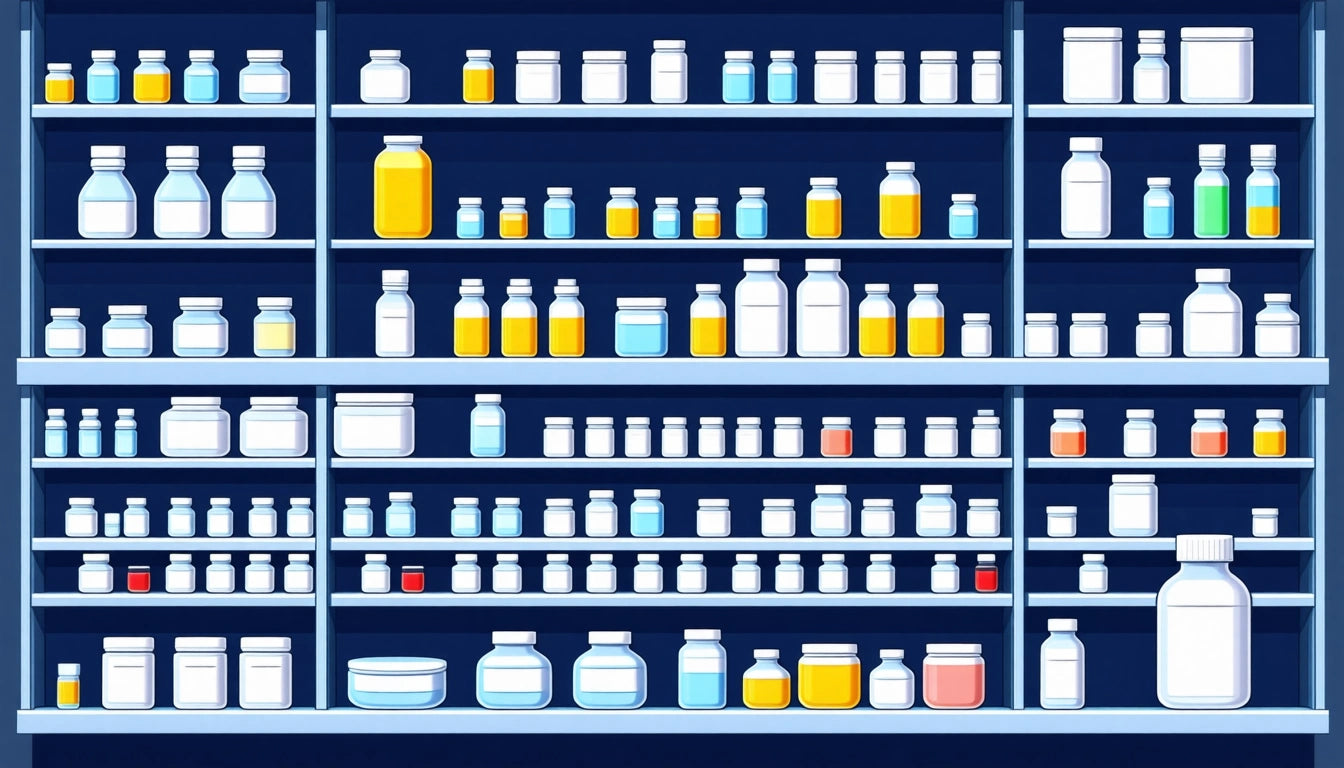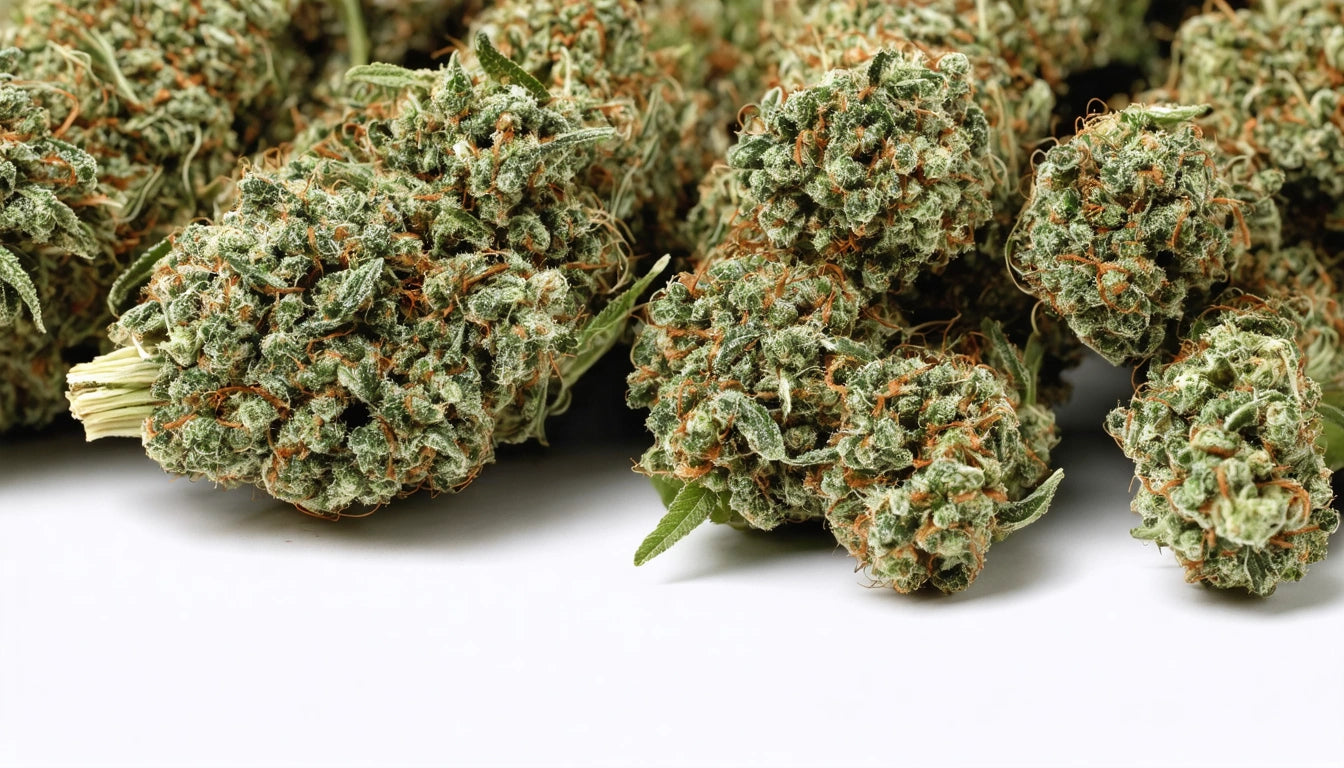Table of Contents
Understanding Drug Screen Panels: Differences and What They Test For
Drug screening has become a standard procedure in many employment settings, healthcare facilities, and legal situations. The number of panels in a drug test indicates how many different substances the test can detect. Understanding what is a 5 panel drug screen versus a 10 panel or other variations helps individuals prepare for these assessments and gives employers clarity on which test best suits their needs.
Basics of Drug Screen Panels: Understanding the Framework
Drug screen panels are standardized tests designed to detect specific substances in a person's system. Each panel represents a specific drug or drug class that the test can identify. Tests range from basic 4 or 5 panel screens to comprehensive 12, 14, or even 15 panel tests that detect a wider array of substances.
These tests typically use urine samples, though blood, hair, saliva, and sweat can also be tested depending on the situation. Understanding how drug screens work can help demystify the process for those facing testing requirements.
Common Drug Screen Panels: From 4 to 10 Panels
What is a 4 Panel Drug Screen?
The 4 panel drug screen is one of the most basic tests, typically screening for:
- Marijuana (THC)
- Cocaine
- Amphetamines/Methamphetamines
- Opiates (such as heroin, codeine, morphine)
This test is often used in situations where cost is a major concern or when testing for only the most commonly used substances is sufficient. The 4 panel test differs from the 5 panel primarily in that it typically doesn't test for phencyclidine (PCP).
What is a 5 Panel Drug Screen?
The 5 panel drug screen is the standard test used by many employers and the test mandated by the Department of Transportation (DOT). When asking what is a 5 panel drug screen, it's important to know it typically tests for:
- Marijuana (THC)
- Cocaine
- Amphetamines/Methamphetamines
- Opiates (such as heroin, codeine, morphine)
- Phencyclidine (PCP)
This panel covers the basic substances of concern for most workplace environments and is the most commonly administered drug test. For more detailed information, understanding the 5 panel drug test can provide guidance on what to expect.
What is an 8 Panel Drug Screen?
Moving up in comprehensiveness, the 8 panel drug screen typically includes everything in the 5 panel plus:
- Benzodiazepines (such as Valium, Xanax)
- Barbiturates
- Methadone
This test is often used in healthcare settings or for positions where employees might have access to prescription medications. Understanding what is an 8 panel drug screen helps clarify which additional substances are being tested for beyond the standard 5 panel.
What is a 9 Panel Drug Screen?
The 9 panel drug screen builds on the 8 panel by adding:
- Propoxyphene
Alternatively, some 9 panel tests might include MDMA (Ecstasy) instead of propoxyphene, depending on the test manufacturer. When considering what is a nine panel drug screen, it's important to verify exactly which substances are included, as there can be variations. For those facing this test, comparing 9 panel and 10 panel drug tests can provide valuable insights.
What is a 10 Panel Drug Screen?
The 10 panel drug screen is one of the most comprehensive standard tests, adding:
- Quaaludes (Methaqualone)
When asking what shows up on a 10 panel drug screen, the answer includes all substances from the 9 panel plus methaqualone. This test is often used for law enforcement positions, safety-sensitive roles, or in substance abuse treatment programs. The drugs that are on a 10 panel drug screen cover most commonly abused prescription medications and illicit substances.
Proper handling and storage of test samples is crucial for accurate results. Many facilities use secure containers with child-resistant lids to ensure sample integrity and prevent contamination or tampering during the collection process.
Testing Methods and Detection Windows
Different substances remain detectable in the body for varying lengths of time:
- Marijuana: 3-30 days (depending on frequency of use)
- Cocaine: 2-4 days
- Amphetamines: 2-4 days
- Opiates: 2-4 days
- Benzodiazepines: Up to 6 weeks (for long-acting varieties)
- Barbiturates: Up to 6 weeks (for long-acting varieties)
- PCP: 7-14 days
These windows can vary based on individual metabolism, frequency of use, and the specific testing method employed. Understanding the difference between drug screens and drug tests can help clarify how these results are interpreted.
Cost Considerations for Different Panel Tests
The cost of drug screening increases with the number of panels. When considering how much is a 10 panel drug screen, prices typically range from $30-$80 for a basic test, while more comprehensive panels or tests requiring laboratory confirmation can cost up to $200 or more.
Factors affecting cost include:
- Number of panels (substances tested)
- Testing method (urine, blood, hair, etc.)
- Whether confirmation testing is included
- Where the test is administered (clinic, lab, on-site)
- Whether medical review officer (MRO) services are included
Employers must weigh these costs against their specific needs and regulatory requirements. For some industries, the standard 5 panel test may be sufficient, while others may require the more comprehensive coverage of a 10 panel drug screen.
Future of Drug Screening: Evolving Technologies and Standards
Drug screening continues to evolve with changing substance use patterns and legal landscapes. With marijuana legalization in many states, some employers are modifying their testing protocols to focus on impairment rather than mere presence of substances. Additionally, new technologies are making testing more accurate and less invasive.
Emerging trends include:
- Oral fluid testing for recent use detection
- Fingerprint drug testing
- Mobile testing technologies
- Synthetic drug panels to detect newer substances
As testing technologies advance, understanding what different panels detect becomes increasingly important for both employers and individuals. Whether you're wondering what is a 5 panel drug screen or what drugs are on a 10 panel drug screen, staying informed about testing protocols helps navigate these requirements effectively.
For those subject to regular testing, understanding strategies for passing multi-panel drug screens can provide guidance on legal ways to prepare for these assessments while maintaining compliance with workplace policies.











Leave a comment
All comments are moderated before being published.
This site is protected by hCaptcha and the hCaptcha Privacy Policy and Terms of Service apply.